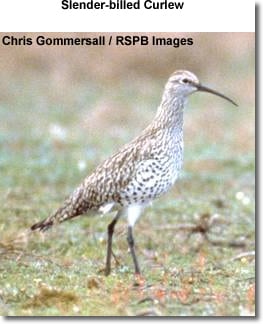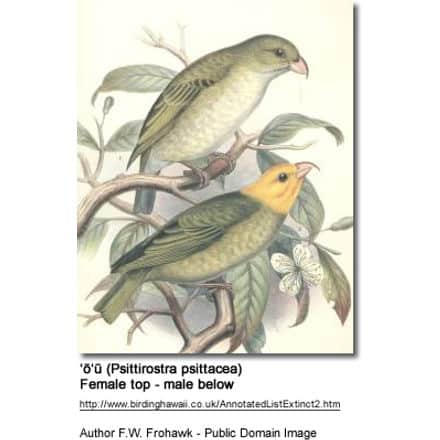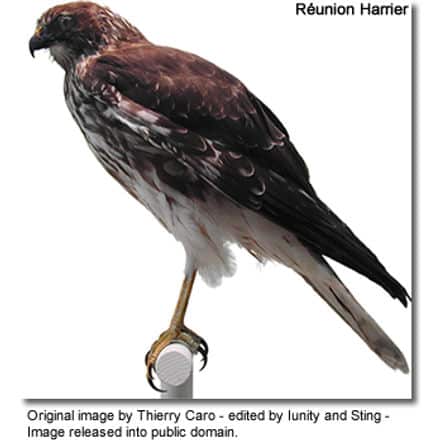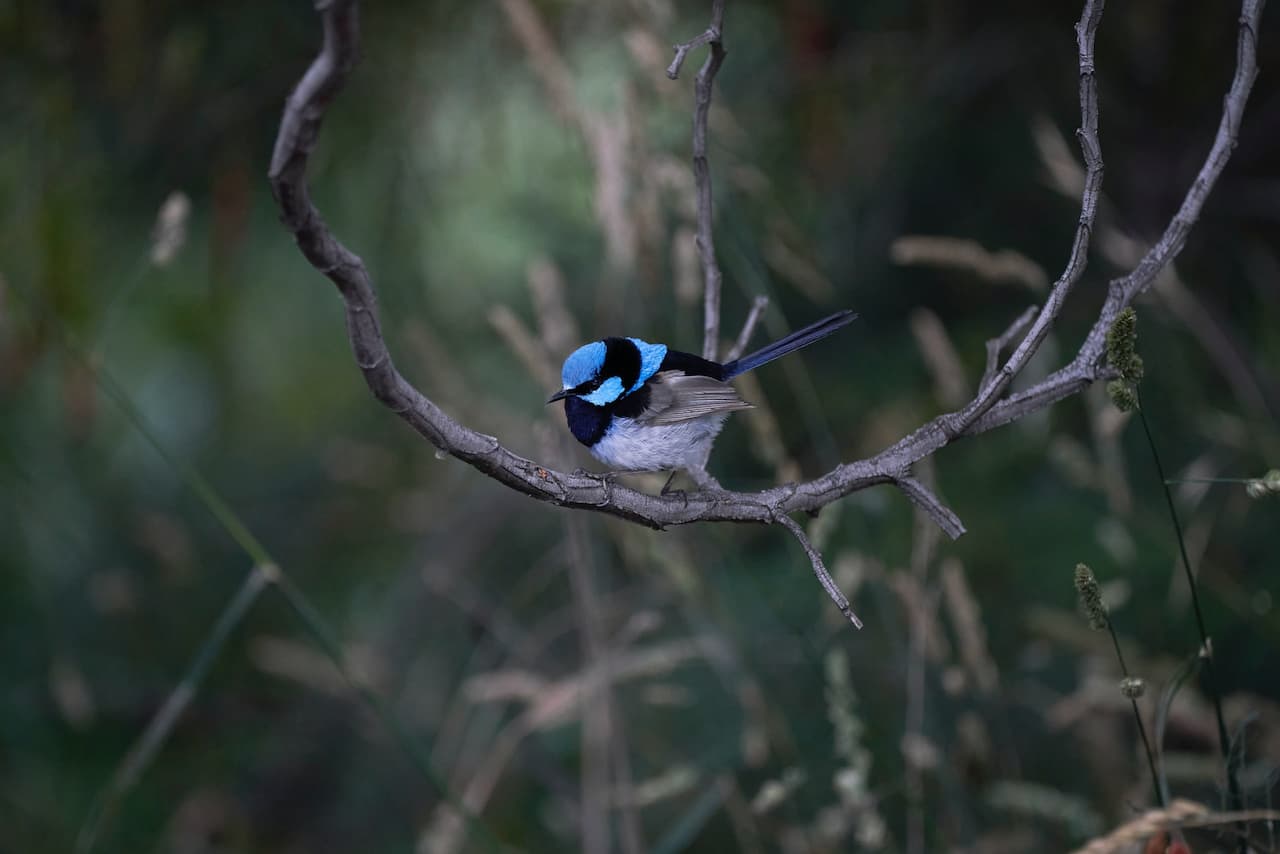Druridge Bay Curlews
The Druridge Bay curlews was a controversial curlew that was present in Druridge Bay, Northumberland in May 1998. The bird was identified by its finder, and most others who saw it, as a first-summer Slender-billed Curlew, one of the rarest birds in the world; this identification provoked skepticism from some quarters however. The bird was accepted as this species (and therefore the first Slender-billed Curlew for Britain) by the British Birds Rarities Committee and the British Ornithologists’ Union Records Committee.
Opinions on the exact identity of the bird remain divided — the conclusion arrived at by BBRC and BOURC is shared by a significant majority of the British birding community, but several British birders are not convinced that the bird was a Slender-billed Curlew, including several high-profile figures. A first-winter curlew at Minsmere, Suffolk in October 2004 re-opened the debate on the identity of the Druridge bird.

The occurrence
The bird in question was found by an unknown birdwatcher on Monday 4 May, and first identified as a Slender-billed Curlew by Tim Cleeves at approximately 17.50 hours. The bird had been reported to Cleeves as a Whimbrel, but upon seeing it, he realised that it was not a Whimbrel and that it showed some characteristics which suggested Slender-billed Curlew. Several other birdwatchers from the Northumberland and Tyneside areas were contacted and asked to come to Druridge Bay curlews to give an opinion. The bird was watched by six observers until 20.50 hours that evening.
News of the bird was broadcast on the national rare bird information services. As, at this stage, there was not a consensus on the identity of the bird, some of the services used cautious language, e.g. Birdline referred to the bird as a “controversial curlew thought by some observers to be a Slender-billed”. Because of the uncertainty over the identity, many birders chose not to travel to see it, although many others did. The bird was last seen on Thursday 7 May. It was photographed (albeit distantly) and three separate video-recordings were made.
Although the identification of this bird is generally credited to Tim Cleeves, Brett Richards (Birdwatch 118:11) has claimed that a large part of the credit for the record should rest with him, due to his role in persuading others to travel to see the bird.
The bird’s appearance
The bird was close in appearance to Eurasian Curlew, but differed in a number of features:
- in size, it was closer to a Whimbrel than to a typical Eurasian Curlew
- it also differed slightly in structure, being slimmer, and in particular thinner-necked and shorter-legged than a typical Eurasian Curlew
- its bill was shorter than is typical for Eurasian Curlew, and straight for the first half of its length, rather than evenly curved; the bill was also thin and narrow in both depth and width
- the bird’s flanks were clean white, patterned with rows of oval black spots, and lacked any transverse barring or anchor-shaped marks
- it had a very white-looking tail, with narrow greyish bars
- its underwings were white and unmarked
One other point of note is that the bird’s upperwing-coverts were worn, and had a silvery appearance, contrasting with its scapular feathers which were very dark.
The identification debate
Public discussion of the bird first surfaced on 6 May, on the UKBirdnet mailing list, which at that time was the main internet discussion forum for British birders. Early postings from Phil Hansbro (based on a conversation with Brett Richards, who had been to see the bird) and from Ian Broadbent made a strong case for the identification as Slender-billed Curlew.
Other observers raised questions, with three aspects causing concern: (i) the global rarity of the species and the likelihood of its occurrence in Britain (ii) the fact that it showed a quite different appearance from the well-watched Slender-billed Curlews at Merja Zerga in Morocco in the late 1980s/early 1990s, and (iii) whether all possible alternative identifications (e.g. an aberrant Eurasian Curlew or a hybrid) had been ruled out.
In mid-June, Birding World published an account of the bird, written by Tim Cleeves, his first public statement on the bird. The article dealt in detail with the circumstances of the bird’s finding, its appearance, his reasons for making a confident identification of the bird as a Slender-billed Curlew, ageing and sexing of Slender-billed Curlews, their conservation status and likelihood of vagrancy. The article was accompanied by an editorial comment endorsing Cleeves’s views. Cleeves also wrote a short account for the July edition of Birdwatch magazine.
These two articles prompted letters from Chris Heard outlining reasons why he believed that the case for identification of the bird as a Slender-billed Curlew was not proven.
In his letter to Birding World, Heard made comparisons with the Merja Zerga birds, which he had seen, and listed the following concerns: (i) that the bill, while short and slim, was not correctly-shaped, being too straight, and that short-billed Eurasian Curlews do exist (ii) that the Druridge Bay curlews curlew’s head was not small and rounded, while its back was too rounded (iii) that the bird lacked a well-marked supercilium (line above eye), and did not show the dark-capped appearance typical of Slender-billed Curlew, and (iv) that the bird did not show an eye-ring. An editorial comment was published in reply to this letter, which included comments made by a number of the observers involved with the Druridge Bay curlews bird.
A letter to Birdwatch from Chris Heard outlined the same concerns, and pointed out also that Eurasian Curlew can show spotted flank patterning and white underwings. This letter drew a response from Brett Richards.
The editorial comment in Birding World (to which Brett Richards contributed), and Richards’ letter in Birdwatch responded to Chris Heard’s concerns by making the following points: (i) that Slender-billed Curlew‘s bill shape is likely to vary, as does that of Eurasian Curlew and Whimbrel (ii) that the Druridge Bay curlews bird’s head-shape did appear at times to be correct (iii) that the back shape of Slender-billed Curlew varies depending on what the bird is doing, and so did that of the Druridge Bay curlews bird (iv) that first-summer Slender-billed Curlews may not have eye-rings, or that the strength of this feature may vary between individuals, and that in fact the Druridge bird did have an eye-ring, albeit not as prominent as the Merja Zerga birds.



